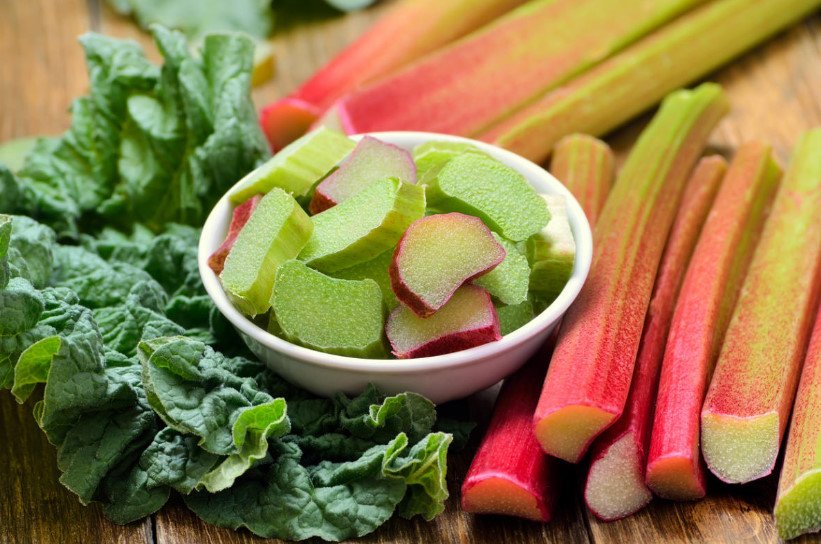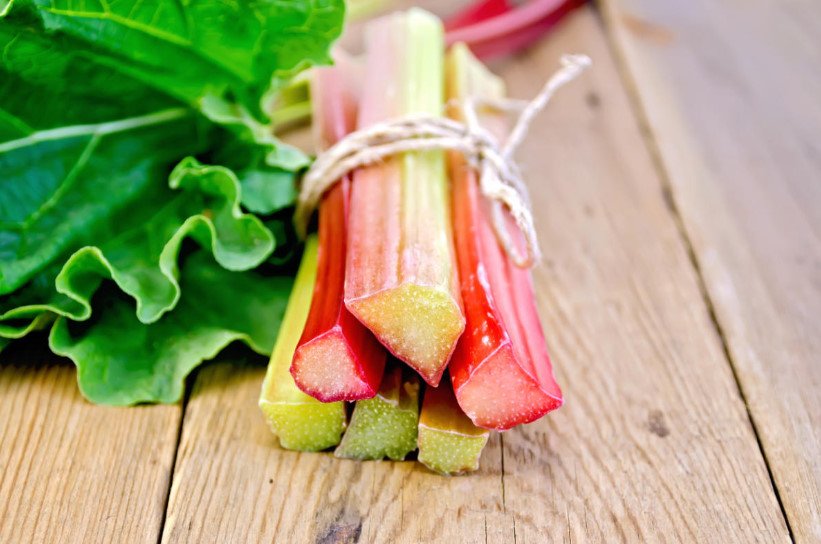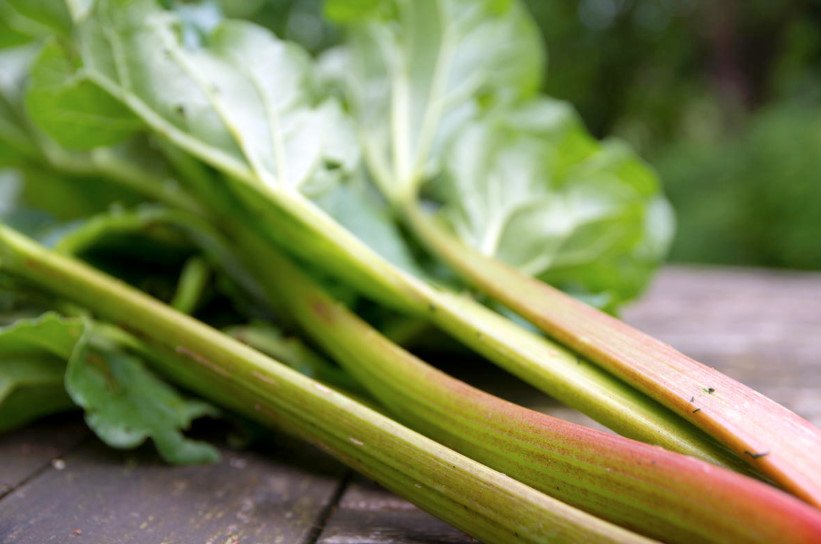
Rhubarb is considered one of the earliest vegetable crops. Although it is listed as a vegetable, it is more often used as a fruit or berry – for compotes and jams, desserts and pie fillings. And it is not surprising that this plant is so popular — after all, the first harvest of vitamin stems is removed at a time when other “Goodies” are still far away.
The varieties grown in suburban areas are suitable mainly for culinary purposes. Rheumatoid palmatum is used as a medicinal raw material. But an ordinary resident of our gardens is healthy.
Benefits of rhubarb
Rhubarb stems contain vitamins (C, PP, B vitamins, carotene). Although their number is relatively small, they will undoubtedly bring benefits. The composition of this vegetable also contains compounds of potassium, calcium and magnesium, which are important for the circulatory system.

Rhubarb has a beneficial effect on the digestive system. It stimulates the activity of the gastrointestinal tract and has a mild laxative effect. Therefore, it is recommended to use it for chronic constipation, intestinal atony, gastritis with low acidity of gastric juice.
If you like rhubarb, note that only the young stems, which are harvested within 3-4 weeks after thawing the soil, are useful in fresh form. In the summer (usually by mid-July), the petioles become rough, their taste deteriorates. But this is not the main thing-more important is that they accumulate oxalic acid, an excess of which is harmful to the body. The good news is that the acid is destroyed by heat treatment, so it is not forbidden to cook hot dishes from such raw materials.

The collected petioles can be stored in the refrigerator for quite a long time (up to three weeks), putting them in a plastic bag. But if you can, of course, it is better to eat fresh, freshly picked.
Than harmful rhubarb
Rhubarb is not recommended for hyperacid gastritis, gastric ulcer and duodenal ulcer. It should also be avoided in any acute inflammatory diseases of the gastrointestinal tract.

Due to the high content of organic acids (oxalic, malic and other) in the petioles, its use is contraindicated in oxaluria (kidney stone disease, in which oxalate stones are formed) and gout. It is not recommended to use rhubarb for those who suffer from glomerulonephritis.
If you are making rhubarb jam, do not use iron or copper utensils to avoid unwanted chemical reactions.




Leave a Reply